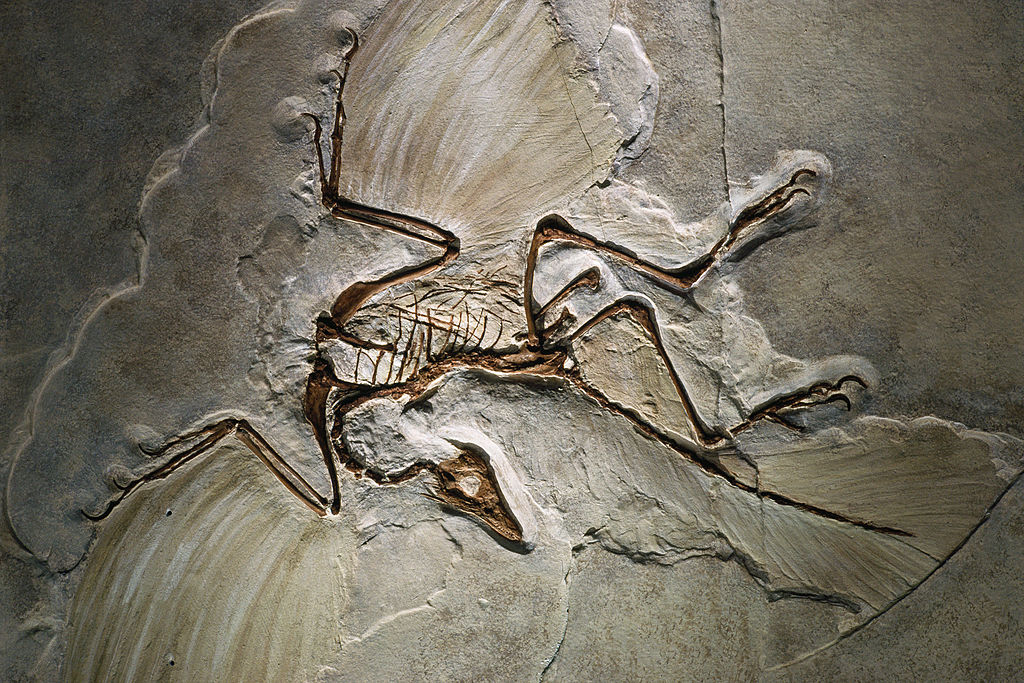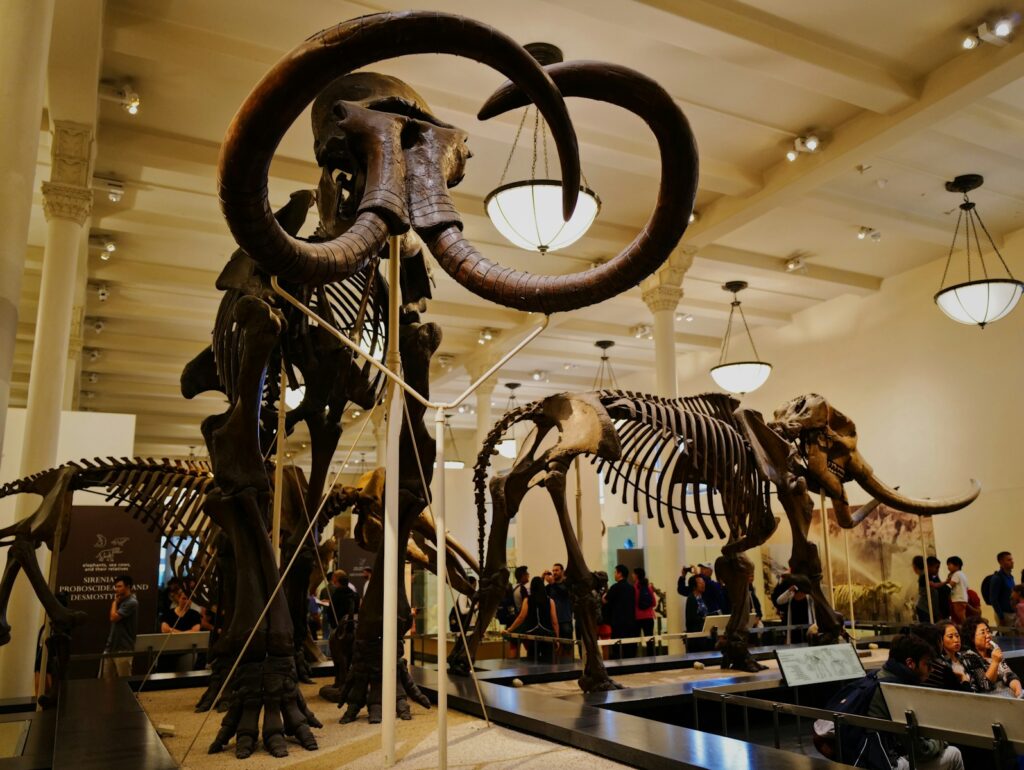Picture this: a massive dinosaur collapses on an ancient riverbank, its final breath escaping into the prehistoric air. You might think this giant creature is destined to become the next museum centerpiece, but the shocking truth is that its bones will most likely vanish without a trace. What sounds like a guaranteed fossil is actually facing astronomical odds against preservation.
The reality of fossil formation is far more brutal and selective than most people realize. For every fossil we discover today, millions of ancient creatures lived and died without leaving behind even the tiniest trace of their existence. This isn’t just about bad luck or poor timing – it’s about understanding one of nature’s most demanding and unforgiving processes.
The Incredible Odds Against Fossilization
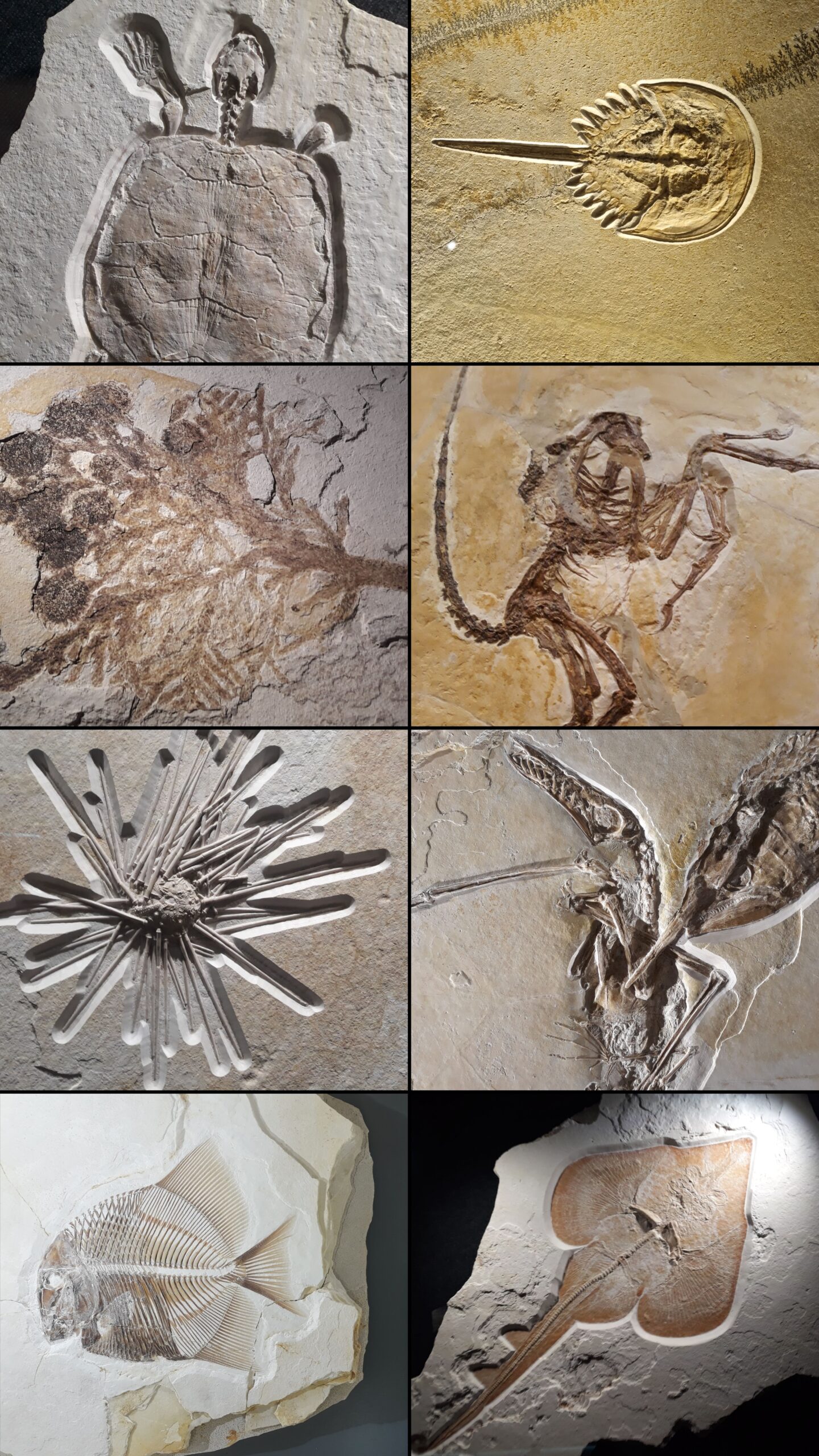
Scientists estimate that less than one percent of all organisms that ever lived became fossils. That statistic alone should make you pause and consider just how extraordinary every fossil discovery truly is. Think of it like winning the lottery, except the odds are even worse and the prize is immortality in stone rather than cash.
The fossilization process requires such a perfect storm of conditions that it’s almost miraculous any fossils exist at all. Every bone, shell, or leaf that survived millions of years had to navigate through countless hazards that would normally destroy organic material. Most creatures that died simply became food for scavengers, decomposed completely, or were scattered by weather and geological forces.
When paleontologists find a complete skeleton, they’re not just looking at an ancient animal – they’re witnessing the result of an incredibly rare sequence of events. It’s like finding a message in a bottle that somehow survived being tossed around the ocean for millions of years without breaking.
Decomposition: The First and Biggest Enemy
The moment any living thing dies, an army of decomposers immediately gets to work. Bacteria, fungi, insects, and other microorganisms don’t waste any time breaking down organic matter. They’re incredibly efficient at their job, often reducing a carcass to nothing within weeks or months.
Soft tissues like muscles, organs, and skin are the first to go. These contain high amounts of water and nutrients that decomposers love. Even bones, which seem so solid and permanent, are actually quite vulnerable. They’re made of organic compounds mixed with minerals, and those organic parts are just as appealing to bacteria as any other dead tissue.
Temperature plays a huge role in how quickly decomposition happens. In hot, humid environments, a skeleton can completely disappear in just a few years. Cold, dry conditions slow things down, but even then, the process continues relentlessly. The race between decomposition and fossilization is usually won by the decomposers, and it’s not even close.
Scavengers: Nature’s Cleanup Crew

If bacteria and fungi don’t get to a carcass first, scavengers certainly will. From tiny insects to massive predators, countless animals make their living by cleaning up after death. They’re like nature’s recycling system, ensuring that nothing goes to waste.
Large scavengers like hyenas, vultures, and ancient crocodiles can scatter bones across vast distances. They crack open skulls for brains, crush bones for marrow, and carry away pieces to feed their young. Even the bones they leave behind are often damaged beyond recognition.
Smaller scavengers can be just as destructive in their own way. Dermestid beetles, for example, are so good at cleaning bones that museums actually use them to prepare skeletons. In the wild, these tiny insects can strip a carcass down to perfectly clean bones in a matter of days.
The irony is that scavengers are actually essential for healthy ecosystems, but they’re terrible news for fossil formation. Every bone they crunch, every piece they carry away, represents another potential fossil that will never exist.
The Sediment Burial Race

For any chance at fossilization, organic remains need to be buried quickly in sediment. This creates an oxygen-poor environment that slows down decomposition and protects bones from scavengers. But here’s the catch – most places on Earth don’t accumulate sediment fast enough to save dying animals.
River deltas, lake bottoms, and ocean floors are some of the best places for rapid burial. When floods occur, they can dump massive amounts of mud and sand in a very short time. This is why many fossils are found in rocks that formed in ancient river systems or shallow seas.
Mountain tops, rocky hillsides, and desert surfaces are terrible places to become a fossil. There’s no sediment accumulating there, and any bones left on the surface will be exposed to all the destructive forces of weathering. The wind, rain, and temperature changes will break them down piece by piece.
Even in good sediment environments, timing is everything. An animal that dies just before a major flood might get buried and preserved. The same animal dying a few months later might be completely destroyed before the next burial event occurs.
Chemistry: The Invisible Destroyer

The chemical environment where bones are buried determines whether they’ll preserve or dissolve away completely. Acidic conditions, like those found in many forest soils, are absolutely terrible for bone preservation. The acid literally eats away at the calcium phosphate that makes up bone mineral.
Groundwater chemistry is another critical factor that most people never consider. Water that’s rich in certain minerals can help preserve bones by replacing the organic material with more stable compounds. But water with the wrong chemistry can dissolve bones completely, leaving behind nothing but empty spaces in the rock.
The pH level of the surrounding environment acts like a chemical switch for preservation. Slightly alkaline conditions tend to preserve bones well, while acidic conditions destroy them. This is why fossils are often found in limestone formations, which create alkaline conditions, but rarely in areas with acidic soils.
Some chemical conditions can actually enhance fossilization by promoting the replacement of organic material with minerals like silica or pyrite. These processes can create incredibly detailed fossils, but they require very specific chemical conditions that don’t exist in most burial environments.
Temperature and Climate: The Long-Term Threats

Even if bones survive the initial burial process, they face millions of years of potential destruction from temperature and climate changes. Extreme heat can literally cook organic molecules, breaking them down into unrecognizable compounds. Repeated freeze-thaw cycles can crack and shatter bones into tiny fragments.
Tropical climates are particularly harsh on potential fossils. The combination of high temperatures and humidity creates perfect conditions for chemical reactions that destroy organic material. This is one reason why fossil discoveries are relatively rare in equatorial regions compared to more temperate or arid areas.
Climate changes over geological time scales can expose buried bones to new threats. A fossil that was safely buried under a lake for millions of years might suddenly find itself in a desert environment where it faces completely different chemical and physical stresses.
Interestingly, some of the best fossil preservation occurs in environments that seem hostile to life. The Sahara Desert, for example, preserves bones incredibly well because of its dry conditions and lack of vegetation that would create acidic soil conditions.
Geological Forces: Crushing the Evidence

The Earth’s crust is constantly moving, folding, and changing, which creates enormous problems for fossil preservation. Mountain-building events can subject fossils to incredible pressure and heat, literally squashing them flat or baking them until they’re unrecognizable.
Earthquakes and tectonic movements can shatter fossil-bearing rocks, turning once-perfect specimens into scattered fragments. The same geological forces that create beautiful rock formations can also destroy the fossils within them.
Metamorphic processes, where rocks are transformed by heat and pressure, are particularly destructive to fossils. These processes can recrystallize the minerals in fossilized bones, erasing all traces of their original structure. What started as a perfectly preserved skeleton can end up as nothing more than a mineral smear in the rock.
Even relatively gentle geological processes like erosion can slowly wear away fossil-bearing rocks, exposing ancient bones to surface weathering after millions of years of protection underground.
The Size Problem: Bigger Isn’t Always Better
You might think that larger animals have a better chance of becoming fossils simply because they’re harder to destroy completely. While this is true to some extent, size actually creates its own set of problems for fossilization.
Large carcasses take much longer to be completely buried by sediment. This extended exposure time gives decomposers and scavengers more opportunities to destroy the remains. A small animal might be buried in a single flood event, while a large dinosaur might remain partially exposed for months or years.
The internal structure of large bones also works against preservation. Big bones have more hollow spaces and blood vessels, which create pathways for bacteria and chemical reactions to penetrate deep into the bone structure. Smaller, denser bones are often more chemically stable and resistant to decomposition.
Large animals also tend to die in locations that aren’t ideal for fossilization. They might collapse on high ground where sediment doesn’t accumulate, or their weight might cause them to sink into soft sediments that don’t preserve well.
Habitat Matters: Where You Die Determines Your Fate
The environment where an animal dies has an enormous impact on its fossilization potential. Aquatic environments are generally much better for fossil preservation than terrestrial ones. Water provides protection from scavengers and can rapidly bury remains with sediment.
Forest environments are particularly bad for fossilization because they’re full of scavengers and decomposers. The leaf litter creates acidic conditions that dissolve bones, and the complex ecosystem ensures that nothing goes to waste. Most forest animals simply disappear without a trace when they die.
Desert environments can be surprisingly good for preservation, despite their harsh conditions. The dry air slows decomposition, and flash floods can rapidly bury remains in sediment. Some of the world’s best fossil sites are found in ancient desert deposits.
Caves represent a special case where fossilization odds improve dramatically. The stable temperature and humidity, protection from scavengers, and potential for rapid burial by cave sediments create ideal conditions for preservation.
The Soft Tissue Dilemma
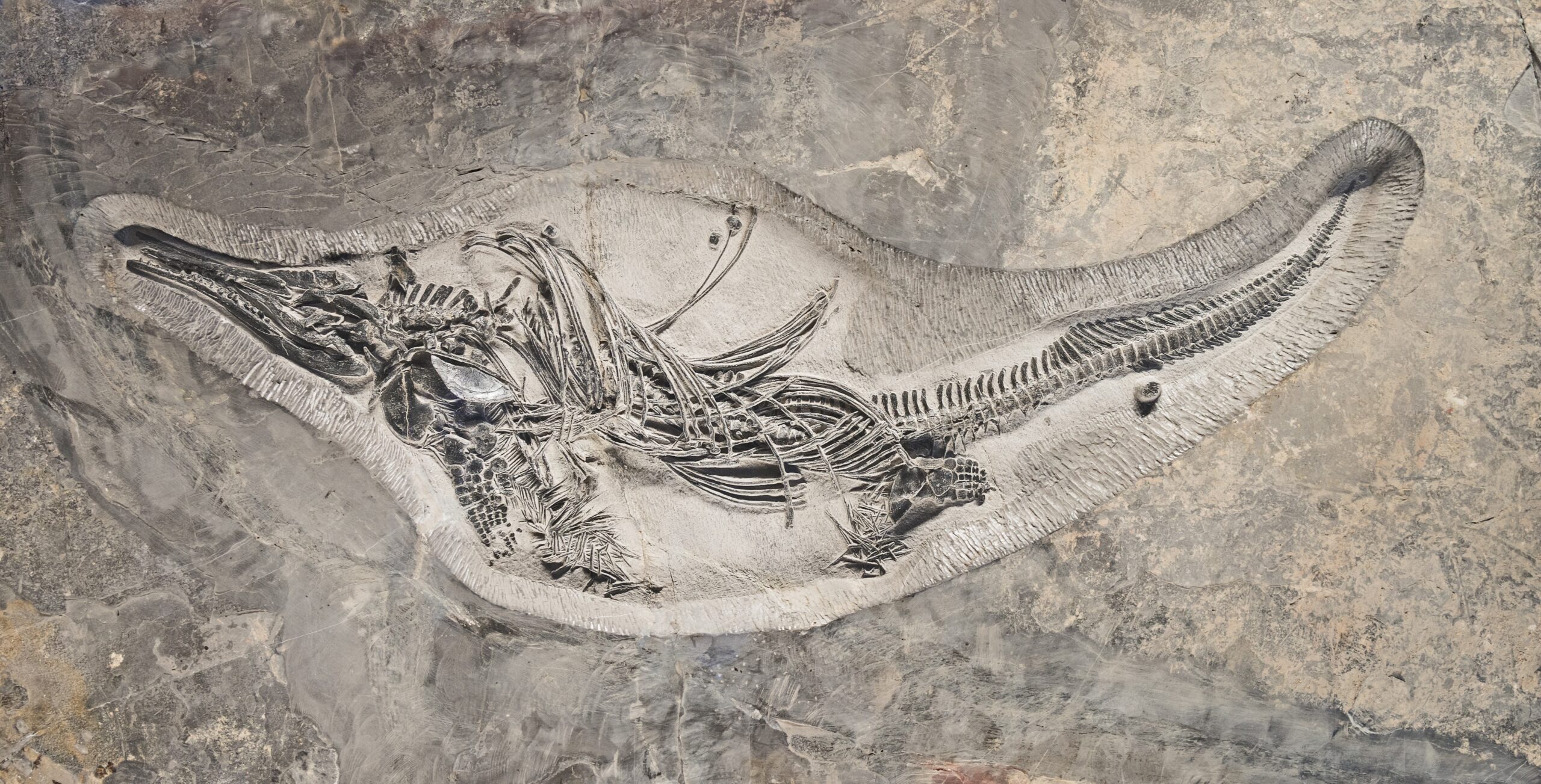
While bones have at least some chance of fossilization due to their mineral content, soft tissues face almost impossible odds. Muscles, organs, skin, and other soft parts are made primarily of water and organic compounds that decompose extremely rapidly.
Exceptional preservation of soft tissues requires truly extraordinary conditions. These might include rapid burial in very fine sediment, extreme cold, or chemical conditions that prevent bacterial growth. Such conditions are so rare that soft tissue fossils are among the most precious discoveries in paleontology.
When soft tissues do preserve, they provide incredible insights into ancient life. Feathers, skin impressions, and even internal organs can reveal details about extinct animals that bones alone could never tell us. The rarity of these discoveries makes each one a scientific treasure.
The recent discovery of supposed soft tissue preservation in some dinosaur fossils has created enormous excitement in the scientific community. However, the debate continues about whether these really represent original organic material or are the result of later mineral replacement processes.
Microbial Mats: Unexpected Preservation Helpers
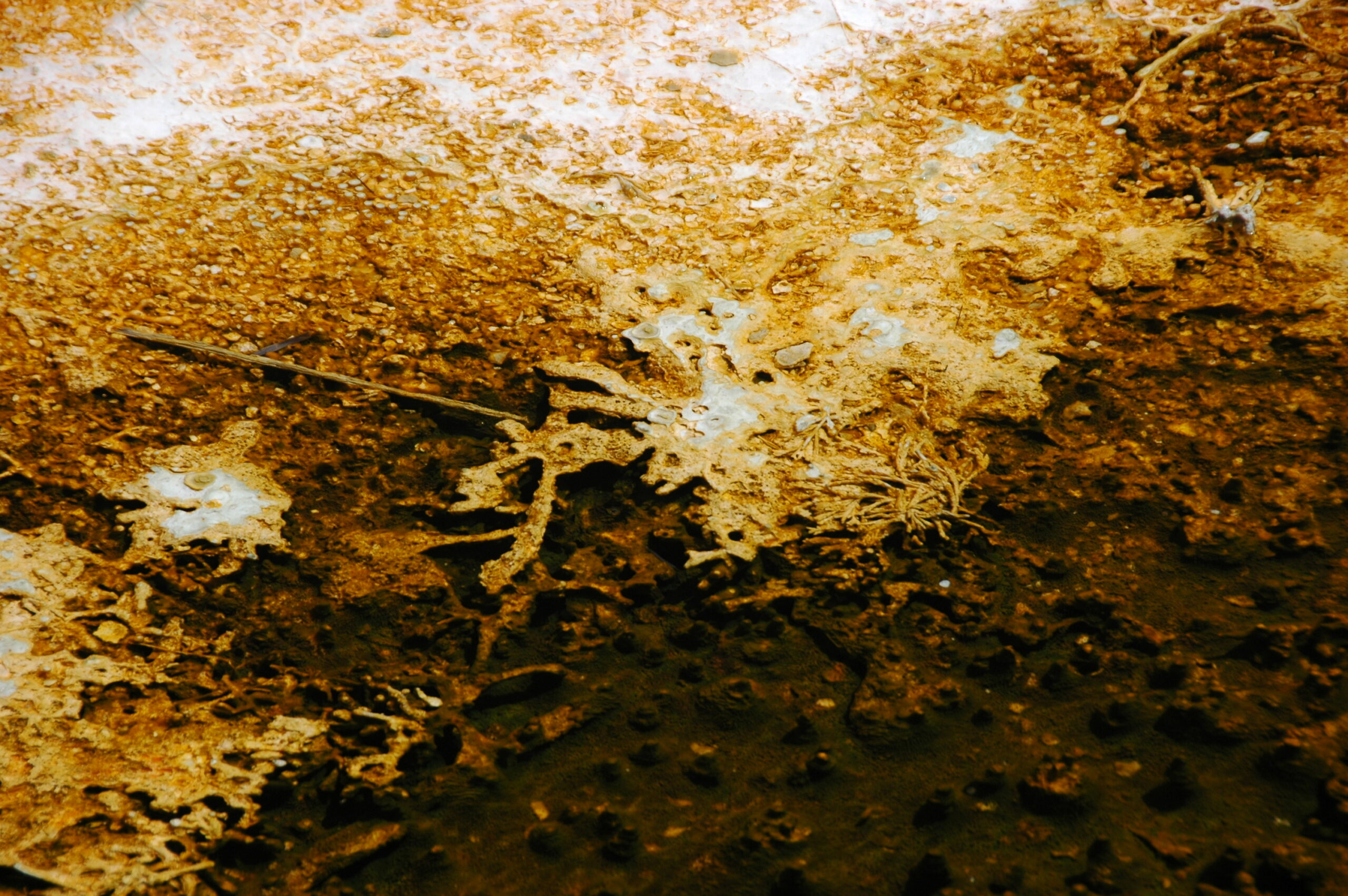
In some rare cases, microbial mats can actually help preserve organisms by creating a protective barrier around remains. These mats form when bacteria create a tough, rubbery layer that can seal off organic material from oxygen and other destructive elements.
Microbial preservation is most common in aquatic environments where these bacterial mats naturally form. The mats can create a kind of natural mummification process that preserves even delicate details of ancient organisms.
The Burgess Shale, one of the world’s most famous fossil sites, owes its exceptional preservation to microbial processes. The bacteria that formed protective mats around the organisms also helped create the chemical conditions necessary for fossilization.
This type of preservation is so rare that it represents only a tiny fraction of all fossil discoveries. When it does occur, it provides unparalleled windows into ancient ecosystems and the appearance of extinct organisms.
The Human Factor: Recent Complications
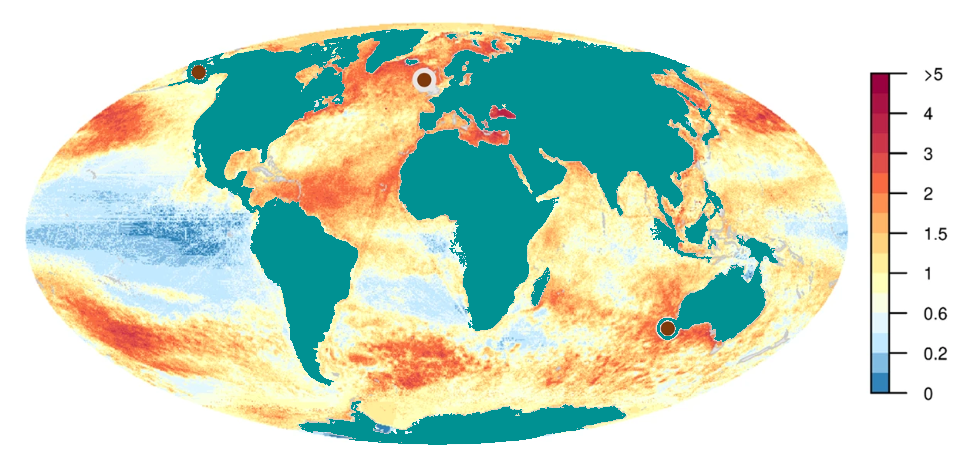
Human activities have introduced new complications to the fossilization process. Construction, mining, and agriculture can destroy fossil sites before they’re ever discovered. Urban development has probably erased countless potential fossil discoveries from the geological record.
Climate change is also affecting fossilization in modern environments. Changing precipitation patterns, temperature extremes, and ocean chemistry alterations could make fossilization even more difficult for contemporary organisms.
On the positive side, human activities sometimes create new opportunities for fossilization. Artificial lakes, quarries, and other human-made environments can provide rapid burial conditions that might preserve some modern organisms for future paleontologists.
The irony is that humans are probably the most documented organisms in Earth’s history, but most of our physical remains are unlikely to fossilize due to burial practices and environmental conditions.
Why Every Fossil Discovery Is Precious
Understanding the incredible odds against fossilization should give you a new appreciation for every fossil in every museum. Each specimen represents a winning lottery ticket in the most difficult game on Earth – the game of preservation across geological time.
The fossils we find today are the survivors of countless elimination rounds. They avoided decomposition, escaped scavengers, got buried quickly, survived chemical destruction, weathered geological upheavals, and finally emerged in a place where humans could find them.
This perspective changes how we should think about extinction and biodiversity. The fossil record, as amazing as it is, represents only the tiniest fraction of life’s actual diversity. For every species we know from fossils, countless others lived and died without leaving any trace.
Every fossil discovery is therefore not just a scientific specimen, but a miracle of preservation that defied astronomical odds. When you see a dinosaur skeleton in a museum, you’re looking at one of the luckiest animals that ever lived – not because it had a good life, but because it managed to become immortal in stone.
The next time you hold a small fossil or visit a natural history museum, remember that you’re witnessing the result of millions of years of perfect preservation conditions. These ancient remains survived everything the Earth could throw at them, and they’re here to tell their stories to anyone willing to listen.

